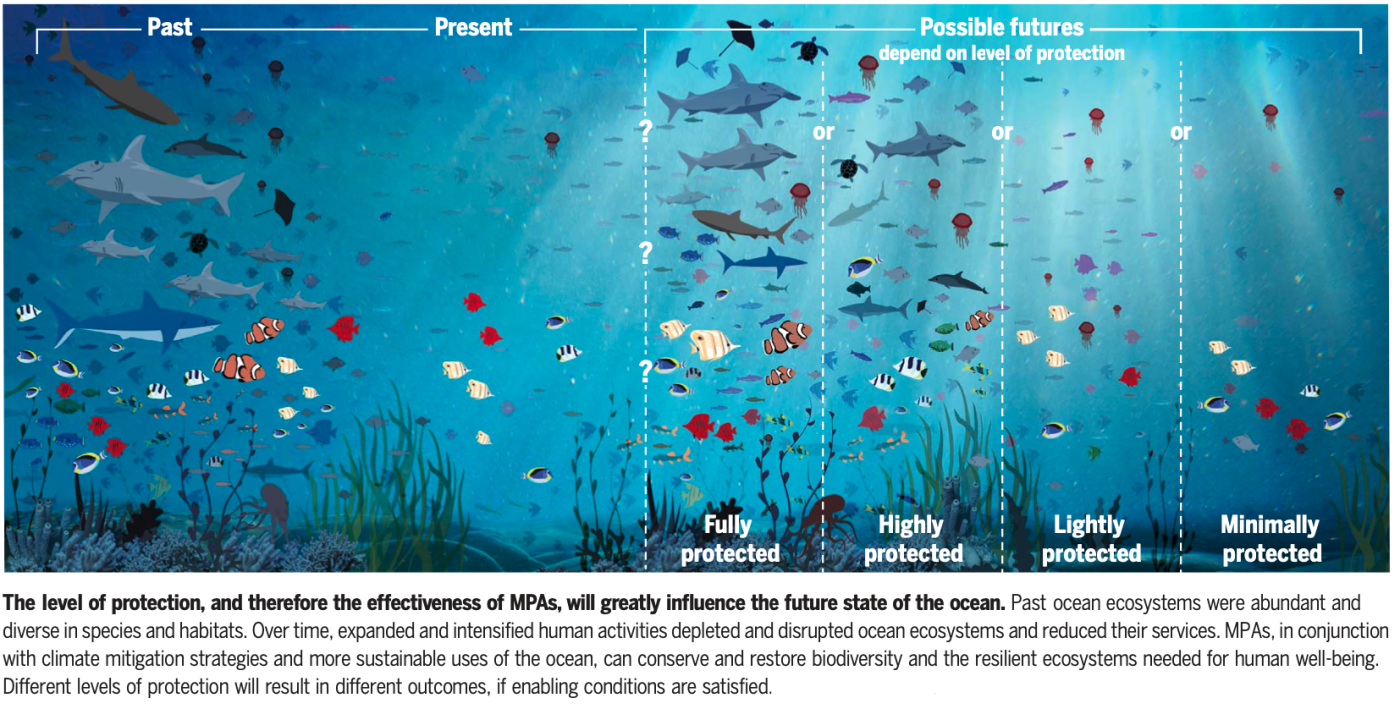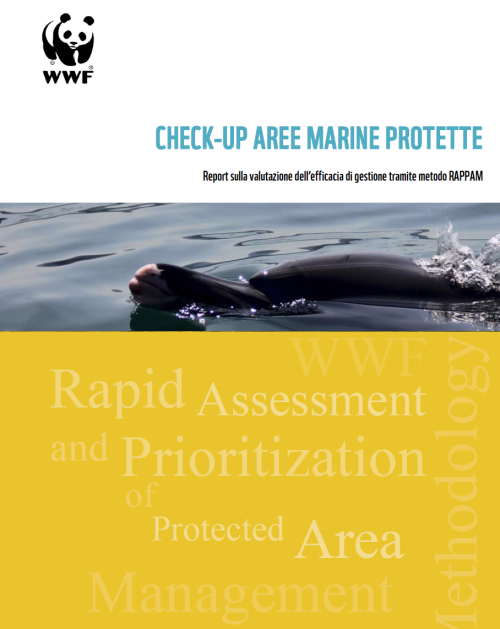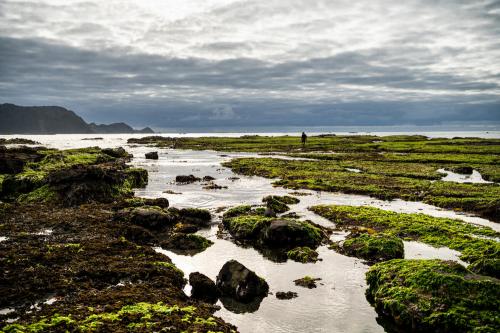The MPA Guide: A framework to achieveglobal goals for the ocean
Marine Protected Areas (MPAs) are places in the ocean that receive protection to safeguard biodiversity from abatable threats. Confusion exists about the definition of “protection” and likely MPA outcomes. This is because not all MPAs are the same. They range from full to minimal protection; some exist only on paper, not in practice. The resulting, understandably divergent outcomes can lead to controversies about effectiveness, undermine confidence in MPAs, and jeopardize conservation goals, including those of the Convention on Biological Diversity and the United Nations (UN) Sustainable Development Agenda. We integrated decades of re-search to clarify these issues.
We propose a science-based, policy- relevant framework—The MPA Guide—to categorize, evaluate, and plan MPAs. It complements the well-known International Union for Conservation of Nature (IUCN) Protected Area Categories for management objectives and governance types. Together, these tools enable a comprehensive picture of any MPA. The guide consists of four elements that define types of MPAs and activities, conditions for success, and likely outcomes.
- First, the four stages of establishment of an MPA are: (i) Proposed/Committed, by a governing or other organizing body; (ii) Designated, by law or other authoritative rulemaking; (iii) Implemented, with activated regulations; and (iiii)Actively Managed, with ongoing monitoring and adaptive management.
- Second, the four levels of protection from abatable activities within an MPA (or MPA zone), based on allowed activities, are (i) Fully Protected—no impact from extractive or destructive activities; (ii) Highly Protected— minimal impact; (iii) Lightly Protected—moderate impact; and (iv) Minimally Protected—high total impact, although still an MPA by IUCN criteria.
- Third, to succeed, an MPA should be established and sustained through the enabling conditions for effective and equitable MPA planning, design, governance, and management.
- Fourth, the likely outcomes of an MPA depend directly on stage, level, and conditions to succeed.
The MPA Guide enables smart planning, design, and evaluation of new or existing MPAs by informing decisions about scientific, societal, and policy priorities and facilitates evaluating progress on international conservation targets. The guide draws attention to quality, not just quantity, of MPAs. It points to fully or highly protected areas as having the greatest likelihood of achieving biodi- verse and healthy ecosystems, once the MPA is implemented or actively managed, if enabling conditions are in place. Last, our synthesis also identifies research priorities, including examining MPAs’ effectiveness across levels of protection for climate mitigation and adaptation, social change, and comprehensive marine spatial planning.


